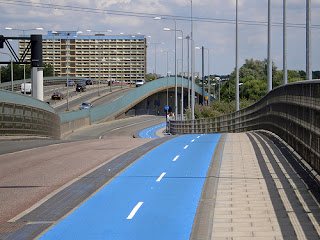Introduction to Driverless Vehicles and their eventual role in a sustainable transportation system.
INTRODUCTION Although driverless vehicles are already on the road, it will be 10 to 20 years before we see substantial impact on transportation in general, and sustainability in particular. Yet even with this extended time frame it’s a subject that should receive attention from the sustainable transportation community. Because the technology that supports autonomous vehicles has the potential to have a profound impact on how we move goods and people throughout the developed world its not too early to start considering how to take advantage of opportunities the technology may present as well as anticipate possible negative outcomes. The paper includes an overview of the present state of affairs, an assessment of potential impacts on sustainability, and a historical perspective on changes in transportation and what they suggest about the road ahead. The endless twenty years Before enrolling in the Master's Degree Program in Sustainable Transportation at the University of

